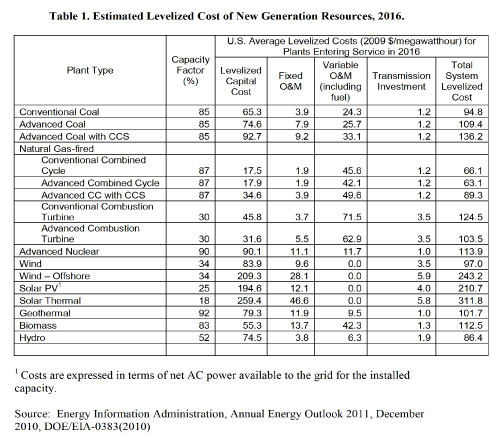Prius C vs. Chevy Volt: A Tale of Two Cars
There could hardly be a more stark contrast between the ability of the free market to provide effective environmental solutions and the failure of politically dictated efforts than the difference between the Toyota Prius C and the Chevy Volt.
As is well known by now, the Chevy Volt production line has been halted for at least five weeks because GM is “matching our production levels with demand and building to market.” The market hasn’t been very kind to the Volt and GM is reducing production to reflect that. The Volt has a long history, but it is clearly the darling of some politicians with Obama promising to buy one when he is out of office. Despite that political support, the Volt has not been a market success.
Contrast that with the new Prius C, a smaller version of the Toyota Prius. The recently released version is so popular, it comes with a significant markup. Green Car Reports notes that some dealers are charging as much as $7,000 extra for what they call a “Market Value Adjustment.” Demand is so high for the Prius C, the cars are now fetching a higher price than the standard Prius hatchback. The Prius C is also rated for 50 mpg, like the Volt. Popular Mechanics, however, found in an actual road test that the Volt averages around 33 mpg.
The contrast between these two cars provides clear evidence that individual freedom and creativity in a free market are far more powerful forces for the environment than politically motivated strategies. Unfortunately, many who call themselves environmentalists will continue to favor the failed top-down approach that costs so much and yields so little.
